All of these years, you’ve been told that counting calories, following point systems, and choking down fat-burning pills are the ultimate solutions for weight loss.
And as one of America’s most profitable industries, fad-diet quick-fixes make tall promises, which only yield short-term (and often disappointing) results.
The truth is, there’s an easier way to lose the weight – and it has nothing to do with miracle nutrients, detox teas, or dieting. Instead, sustainable weight loss can be achieved by learning how to balance your blood-sugar levels.
Can you spare 10 minutes a day? Then you can do this 7-Day Paleo Weight Loss Bodyweight Workout Challenge!
Click here to get your FREE copy!
What is Blood Sugar, and How Does it Work?

Blood sugar simply refers to the amount of sugar (or glucose) in your blood, which comes from carbohydrates. Whenever you eat, your body receives an influx of nutrients, including carbohydrates.
During digestion, carbohydrates are broken down into sugar molecules and sent to your bloodstream, which naturally raises your blood-sugar levels. The hormone insulin is then released to bring the sugar out of your blood – and into your cells to be converted into energy.
That sounds simple enough, right? Just a regular biological process… No big deal.
But here’s where the connection between blood sugar and weight gain comes in.
How Imbalanced Blood-Sugar Levels Can Make You Fat

The type of carbs that are most likely to get stored as fat are those that contain white sugar, such as bread, pasta, muffins, pastries, chocolate bars, sugary juice, alcohol, soda, and candy. (I’ll explain why in just a moment.) It should also be noted that while these foods aren’t typical of a Paleo diet, processed sugar can still sneak its way into Paleo-friendly treats, like store-bought coconut-milk ice cream or grain-free granola.
The reason why white sugar has such a harsh impact on your blood-sugar levels is because it doesn’t contain any fiber, which is needed to help slow the release of sugar into your bloodstream. When you eat refined sugar, the high concentration of sugar floods your bloodstream and causes your blood-sugar levels to quickly spike (3). Then you’ll feel a quick burst of energy (that infamous sugar high).
Since your body can only handle so much sugar at once, it works overtime to produce the extra insulin it needs to rapidly pull the sugar out of your bloodstream and into your cells. That’s when your blood-sugar levels will begin to crash, and you’ll be left feeling tired, hungry, and ready for another sugar fix an hour later. So the vicious cycle of blood-sugar spikes and crashes begins.
If you already have a high-sugar diet or are out-of-shape or overweight, your body works even harder to pump out enough insulin to keep up. The constant demand for insulin to be released wears your body out, and makes your natural ability to regulate blood sugar less efficient.
So insulin dysfunction can trigger fat storage and make weight loss impossible. Furthermore, a high-sugar diet can also set you up for weight gain by releasing excess leptin (the satiety hormone) (4). You see, leptin is the hormone that tells your body when you’re full, which prevents you from overeating. It gets released when sugar is being metabolized in your fat cells. And just like insulin, your body can become resistant to leptin when it’s constantly being released. [tweet_quote]Your body can become resistant to leptin, the satiety hormone, on a high-sugar diet. This makes weight loss harder![/tweet_quote]
Since leptin resistance interferes with your hunger and satiety signals, the result is an appetite that’s never satisfied, an overconsumption of calories, and impossible-to-reach weight-loss goals.
In addition, high blood-sugar levels are considered a stress to the body, which can cause the release of stress hormones, such as cortisol (5). Elevated levels of cortisol have been linked to weight gain, especially in the midsection area (6).
But What About Unrefined Carbohydrates?

However, unrefined carbohydrates are quicker to digest than healthy fats and proteins, which can still cause slight blood-sugar fluctuations. For this reason, it’s always best to pair carbohydrates with a healthy fat or protein, which takes much longer to digest. And as mentioned above, by preventing blood-sugar spikes, you’ll allow your body to burn fat more readily.
Let’s take a look at the other ways you can promote stable blood-sugar levels through your diet – starting today.
5 Easy Ways to Balance Your Blood-Sugar Levels to Promote Weight Loss
1. Always Eat Breakfast with a Good Source of Protein

By having a good source of protein for breakfast, you’re also less likely to experience midday sugar cravings (or an energy crash that has you reaching for a triple-grande coconut-milk latte).
A few blood-sugar-balancing Paleo breakfast ideas include:
- 3 organic eggs with tomatoes, avocado, and turkey bacon
- A ham and spinach frittata
- A protein shake with berries, almond milk, and Paleo-friendly protein powder (e.g., beef or egg protein)
- Smoked salmon and sweet-potato hash browns
2. Stick to Low-Carb Snack Options
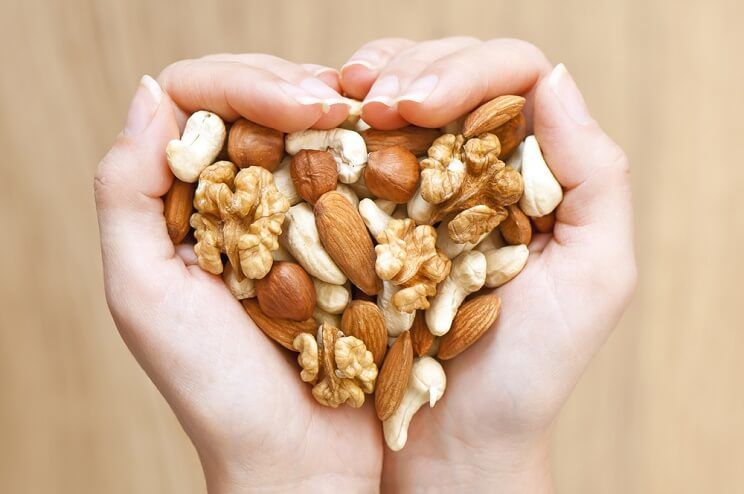
3. Use Natural Sweeteners in Moderation
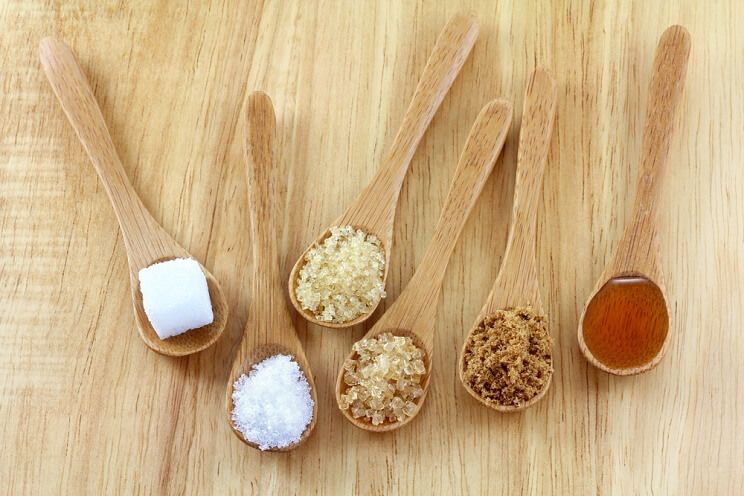
And while these sweeteners are the lesser of the evils when it comes to sugar, green-leaf stevia is a better option; it’s been shown to have little to no impact on blood sugar (8).
4. Get Your Beauty Sleep

Since sleep deprivation is also a form of stress, it can cause your body to release excess cortisol. And as you now know, the prolonged release of cortisol can promote fat storage around your midsection.
5. Stick to Low-Glycemic Foods

A food that ranks between 0-11 is considered low-glycemic. It will have a minimal impact on blood- sugar levels. Meanwhile, 11-19 is moderate, and 20+ is high. The glycemic load takes the serving size of a food into consideration, whereas the glycemic index only measures how quickly a food can digest into sugar. In other words, a banana could be highly glycemic, but based on serving size, it actually has a moderate glycemic load (11). [tweet_quote] Low-glycemic foods have a minimal impact on blood-sugar levels. Stick with foods that rate 0-11 on the GI scale.[/tweet_quote]
For this reason, it’s more realistic to reference the glycemic load of foods – when choosing the best options to include in your diet for blood-sugar balance. The foods with the lowest glycemic load are unprocessed, whole foods – which are the only foods allowed on a Paleo diet. As you can see, it’s tough to go wrong when you follow a Paleo diet.
Balancing your blood sugar to promote fat-burning and weight loss (through your diet) isn’t another fad that will deprive and disappoint you. Instead, by sticking to Paleo foods that promote blood-sugar balance, you’ll be rewarded with more energy, a consistently satisfied appetite, and fewer cravings for the sugary foods that promote weight gain. Best of all, when you promote blood-sugar balance through your diet, the weight that you lose will stay off.
(Read This Next: 11 Best Breakfast Foods for Digestive Health)


 Dairy-Free Funky Monkey Popsicles
Dairy-Free Funky Monkey Popsicles
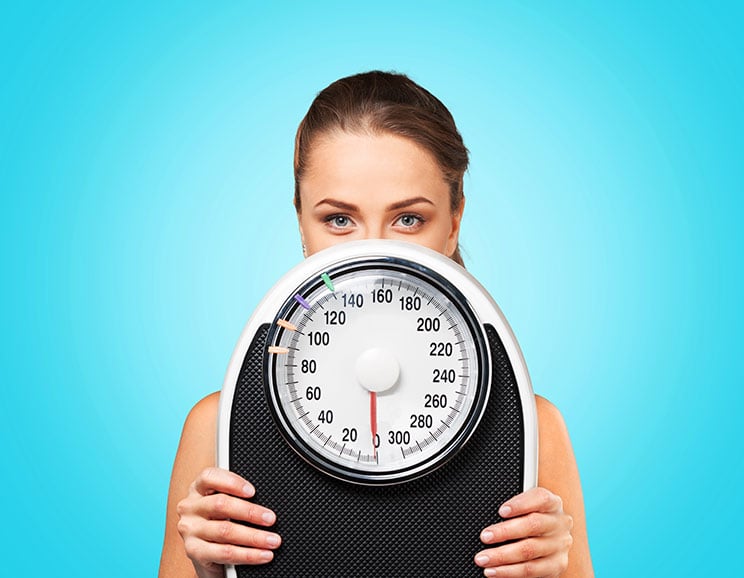
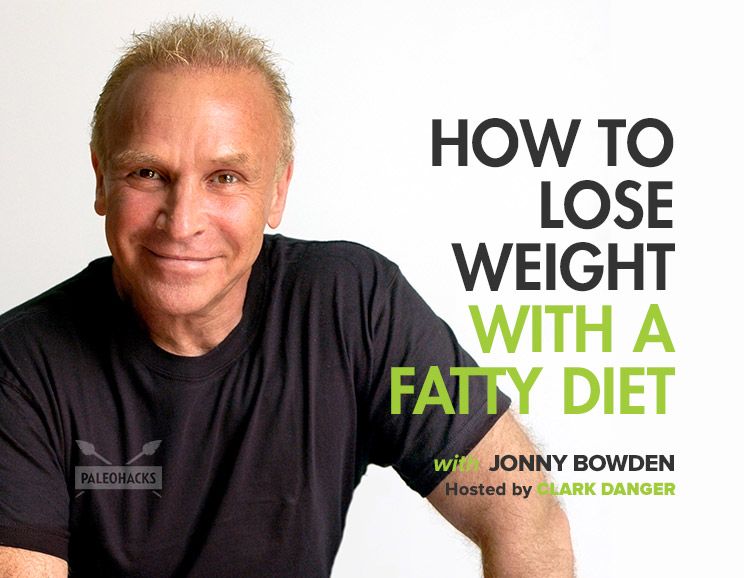

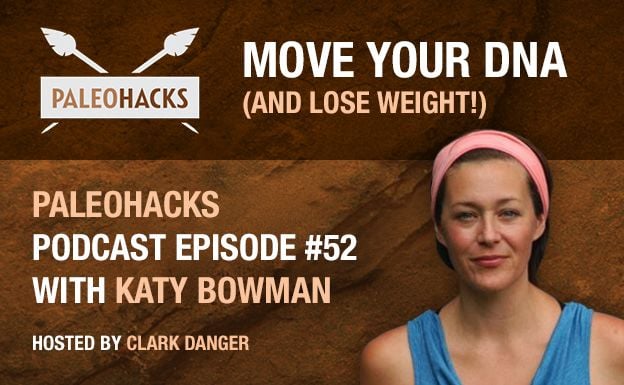
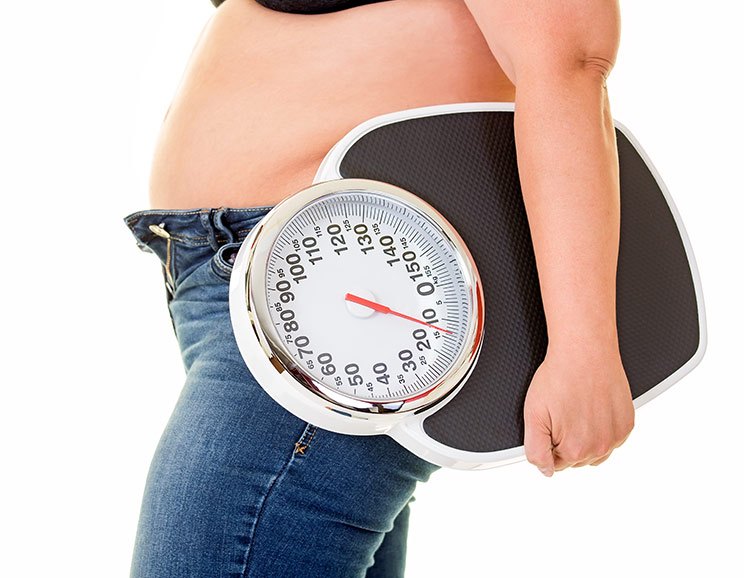



Show Comments